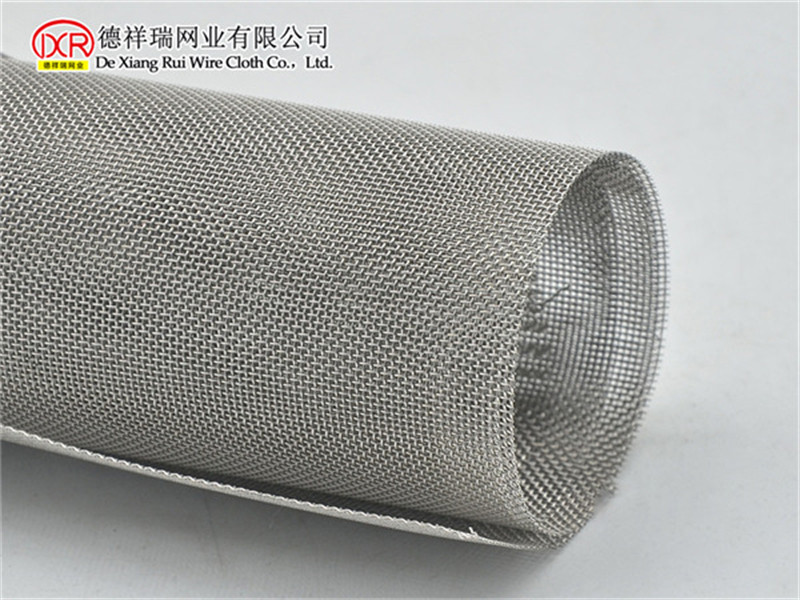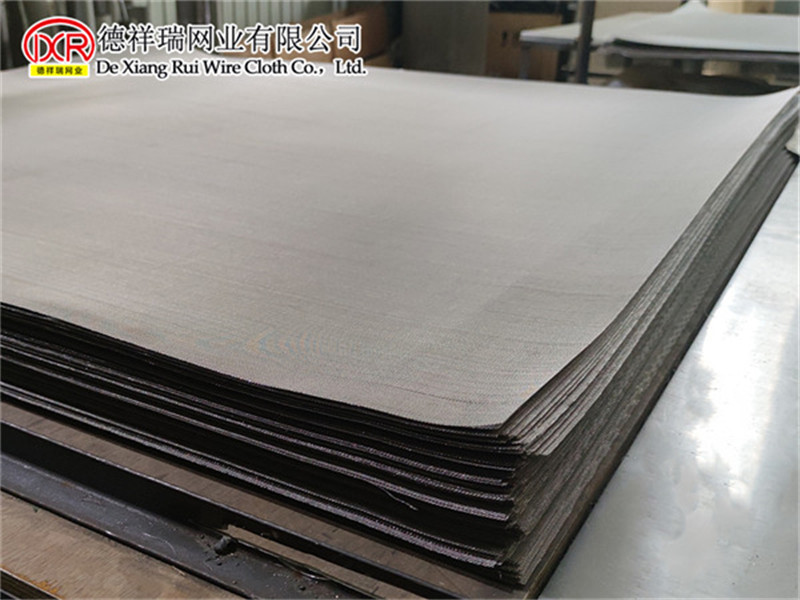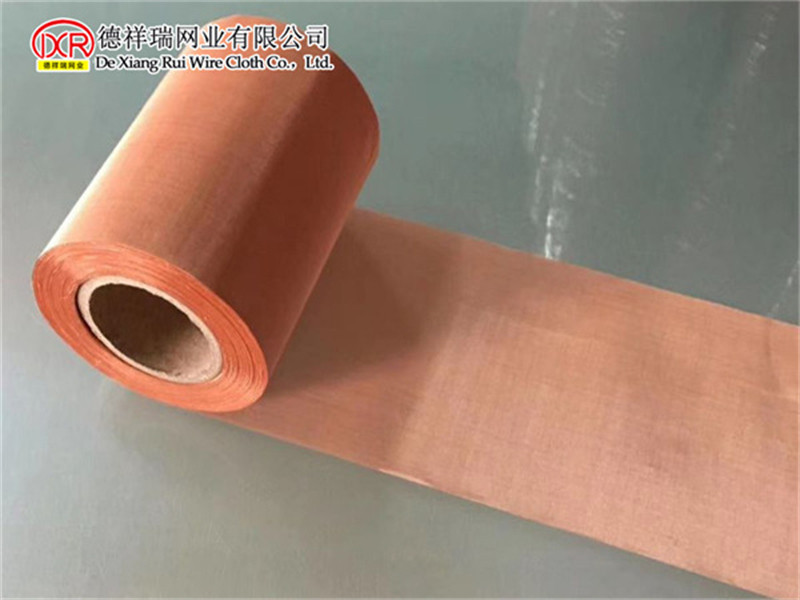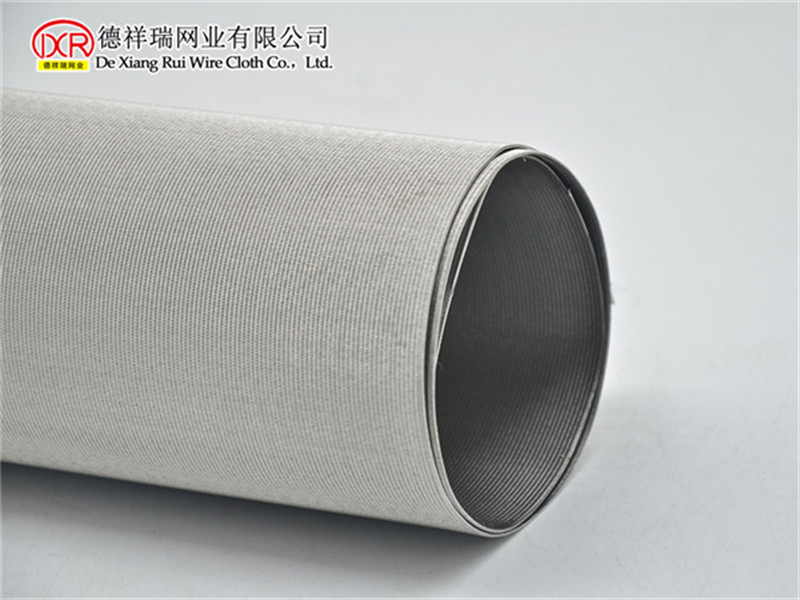Batteries are essential electrical energy devices in human society, and battery electrode materials are one of the most important components in battery operation. At present, stainless steel wire mesh has become one of the typical electrode materials for batteries. It has the characteristics of high conductivity, good stability, and anti-corrosion, and is widely used in various types of batteries. The main types and characteristics of stainless steel wire mesh will be introduced in detail below.
1. Aperture stainless steel wire mesh
Aperture stainless steel wire mesh is one of the most commonly used battery electrode materials. They have high electrical conductivity, good corrosion resistance and corrosion resistance. Therefore it can be used in most battery applications. At present, aperture stainless steel wire mesh is widely used in nickel-cadmium batteries, lead-acid batteries and other batteries. Especially when producing batteries, its use can effectively improve the working efficiency and service life of the battery.
2. Stainless steel micro-perforated plate
Stainless steel micro-perforated plate is a high-precision electrode material. It is characterized by a very small pore size, which allows the creation of very fine electrodes without affecting the material structure. This material is widely used in solar cells, power batteries and other batteries that require high energy density.
3. Stainless steel fine wire mesh
Stainless steel fine wire mesh is a special material among battery electrode materials. Its fine lines and small pores can produce very detailed electrode structures. This feature makes stainless steel fine wire mesh widely used in high-tech fields such as micro batteries and thin film batteries.
As a battery electrode material, stainless steel wire mesh has good conductivity, stability and anti-corrosion characteristics. It can be widely used in various types of batteries, especially in the production of high-performance batteries. It is increasingly used in people’s lives. and made important contributions to the convenience and sustainable development of work.
Post time: May-23-2024







